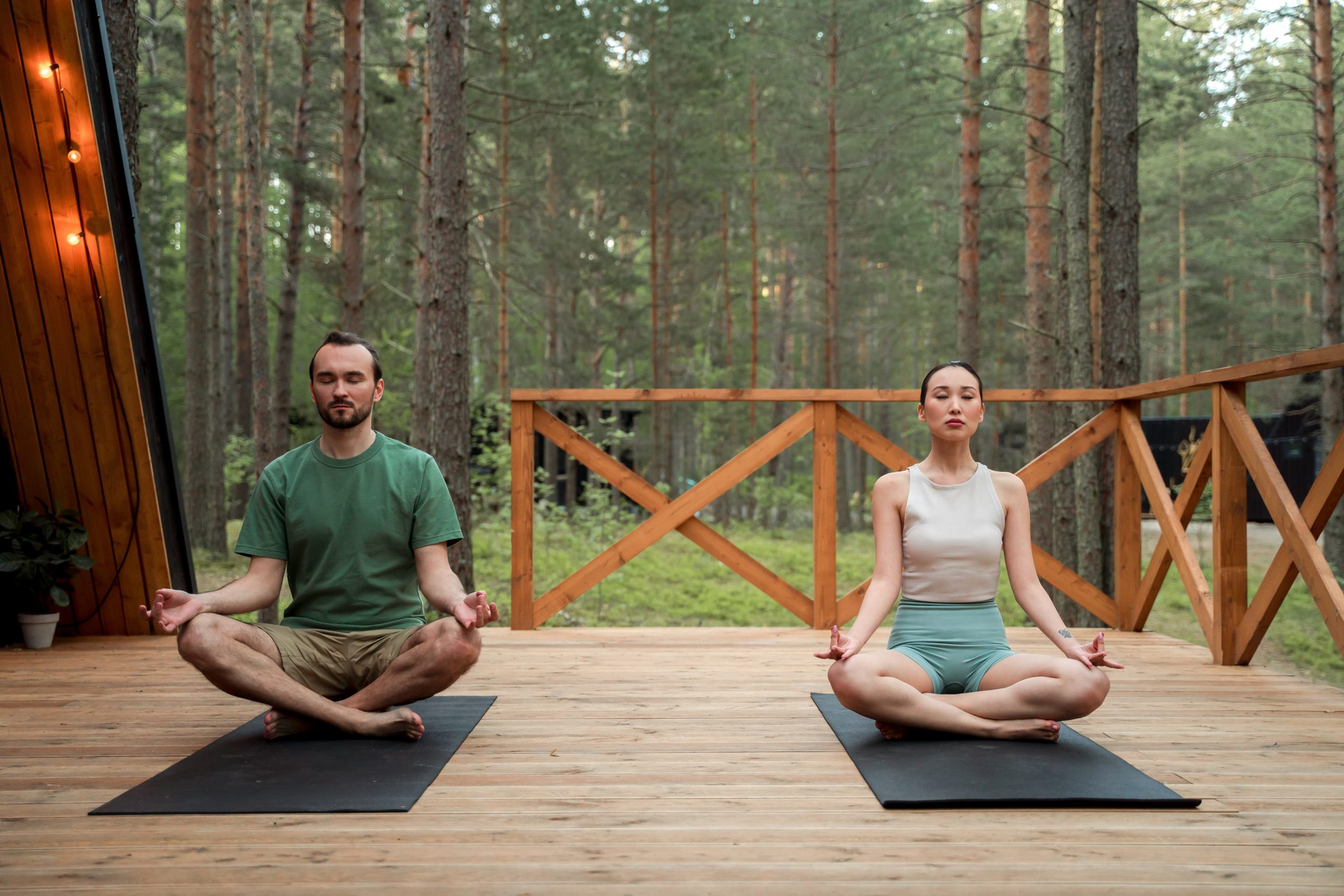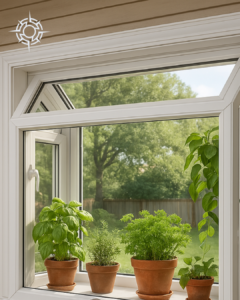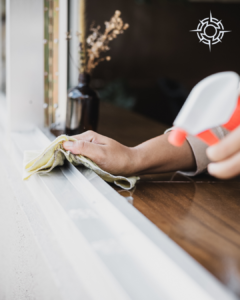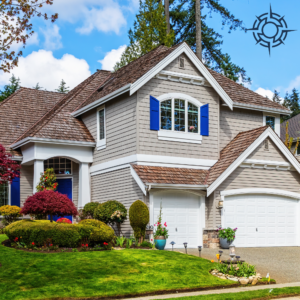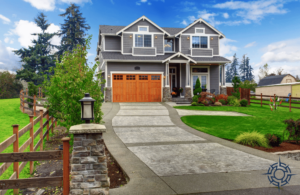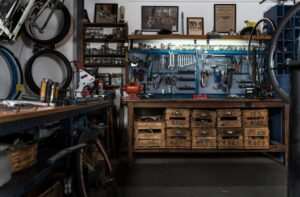Choosing the right decking material for your Minnesota home requires thoughtful consideration, especially in view of the four-season climate we experience here. It is essential to balance various factors such as cost, maintenance, longevity, appearance, and practical utilization. At Compass Exteriors, we’re committed to helping you navigate the wide range of options and make an informed decision about your next deck project. In this article, we will delve into hardwood, pressure-treated wood, composite, PVC, and aluminum – five of the most popular materials for deck flooring, discussing their strengths, weaknesses, and other salient points to consider.
Hardwood Decking: Traditional Elegance with Strength
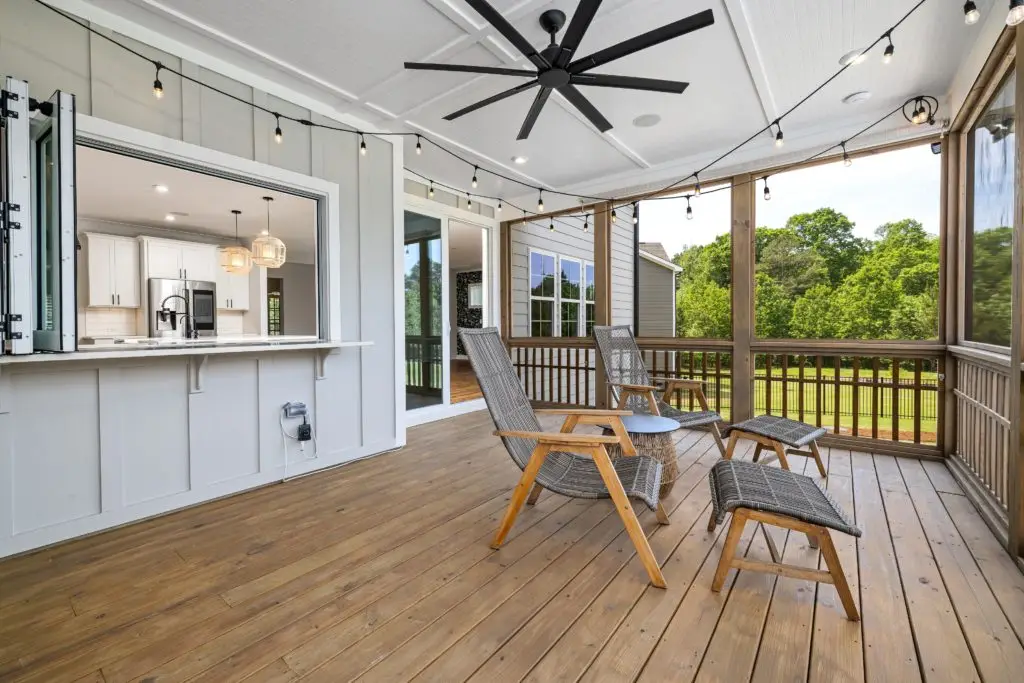
Hardwood has a timeless allure when it comes to decking boards. It exudes natural warmth and beauty that can lend your home a rich, traditional aesthetic. Teak, Ipe, and mahogany are some hardwood types that are popular for their durability and visual appeal.
When it comes to cost, hardwood is on the higher end of the spectrum. However, its longevity can justify the initial outlay, often outlasting other deck materials. The durability of hardwood is an all-weather deck feature that stands up well to Minnesota’s varied seasons.
The maintenance of hardwood decks is moderate. Regular cleaning, staining, and oiling are required to maintain their appearance and longevity. And while hardwood decking can be somewhat slippery when wet, careful selection and treatment of the wood can mitigate this.
Pressure-Treated Wood Decking: Affordability Meets Practicality
Pressure-treated wood is a cost-effective, popular choice among homeowners for deck flooring options. This material is essentially softwood, often pine, that’s treated with chemicals to resist rot, insects, and the elements.
Pressure-treated wood is cheaper than hardwood and composite decking costs but requires a high degree of maintenance. Annual power-washing, staining, and sealing are necessary to keep it in good shape. With proper care, a pressure-treated deck can last up to 20 years.
Aesthetically, pressure-treated wood does not quite match the elegance of hardwood, but it does offer a natural, traditional look that many homeowners appreciate.
Composite Decking: The Best of Both Worlds?
If you’re wondering, “what is composite decking?” – it’s a deck material made from a mix of wood fibers and plastic, offering an ideal balance between the natural look of wood and the durability of synthetic materials. This blend makes composite one of the best decking material options.
Composite decking costs more than pressure-treated wood but less than hardwood. It’s known for its longevity, often coming with warranties of 25 years or more. It’s a top choice for all-weather decks, as it resists warping, cracking, and insect damage.
Maintenance is also minimal; composite decking needs only occasional cleaning. However, it can be susceptible to mold and mildew if not adequately drained or if installed in heavily shaded areas.
Appearance-wise, composite decking offers a wide range of colors and textures. Some high-end versions can convincingly mimic the look of various hardwoods, making it a viable wood deck alternative.
PVC Decking: Resilient and Low Maintenance
PVC decking is another synthetic option made entirely from polyvinyl chloride. Unlike composite decking, it doesn’t contain any wood fibers.
PVC tends to be more expensive than composite but offers superior resistance to moisture, mold, and insects. It’s virtually maintenance-free, requiring only occasional cleaning. Its longevity is similar to composite decking, with warranties often extending beyond 25 years.
In terms of appearance, PVC decking can mimic the look of wood but doesn’t quite match the natural feel of wood or composite. Nonetheless, it comes in a variety of colors and styles, which can accommodate various design preferences.
Aluminum Decking: Unparalleled Durability with a Modern Flair
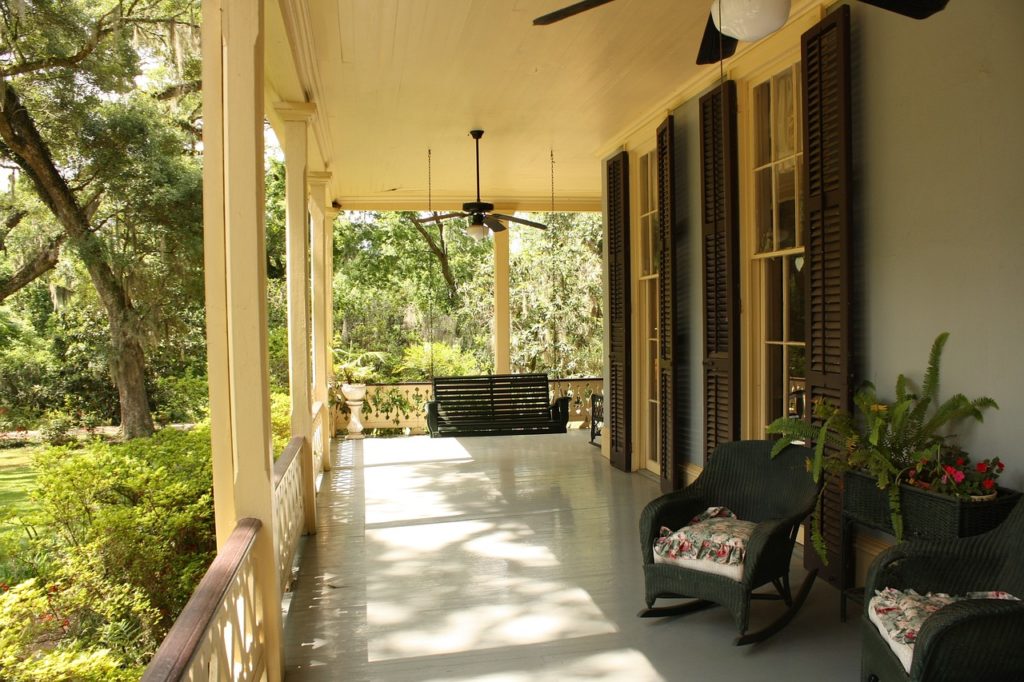
Aluminum is the least traditional but arguably the most durable deck flooring option. It’s impervious to rust, rot, and insects and handles the fluctuating Minnesota climate with ease, making it an excellent choice for all-weather decks.
Aluminum decking boards are more expensive than other materials, but they offset this with virtually zero maintenance costs and unmatched longevity.
Aesthetically, aluminum provides a modern, sleek look. While it doesn’t mimic the look of wood, its unique appeal could be the perfect complement to contemporary home designs.
Conclusion
Every decking material comes with its own set of pros and cons. Your choice ultimately depends on your budget, how much maintenance you’re willing to commit to, the longevity you’re seeking, and the aesthetic you want to achieve.
At Compass Exteriors, we’re proud to be deck-building experts in Minnesota, equipped with the knowledge and experience to guide you through these considerations. Whether you’re leaning towards the natural charm of hardwood, the balance of composite, the synthetic durability of PVC, or the modern appeal of aluminum, we can help you transform your vision into reality. Don’t hesitate to call us with any questions or for a quote on your next deck project – we’re always here to assist.
Remember, choosing the best decking material is a long-term investment in your home’s value and your outdoor enjoyment. Choose wisely and take your time to consider your options.

